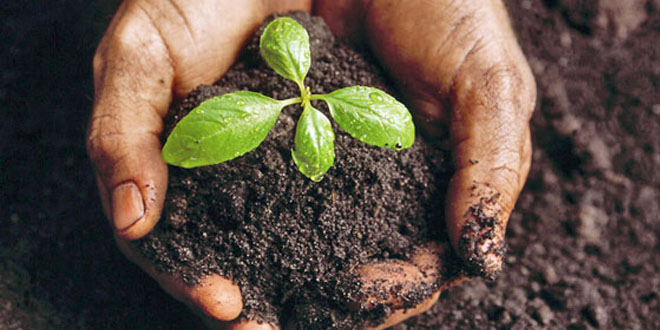Over the past few weeks, global news trends have reported environmental occurrences in different parts of the world. Thousands of people have been displaced from their homes with properties worth millions destroyed. From floods in Cologne, Belgium, Southern Bavaria, Aachen, Trier, Henan, Kano, and Taiwan to landslides in India and wild bush fires in parts of the US, Canada, and Yakutsk. These are evidence of a changing world, and the undeniable effects of climate change. Thankfully, trees may just be the silver lining in this dark cloud hovering over the world.
 |
| Image source: Forestry England |
Climate change which is caused by excessive carbon dioxide in the atmosphere can be explained in the real world by irregularities in temperature and rainfall patterns. Sometimes temperatures are extremely higher than usual while rainfalls are more intense per time or last for unusually shorter or longer periods. As a result, meteorological predictions have somewhat become unreliable. These weather changes continue to worsen, hence the need for actions to be taken for adaption and/or mitigation. It has been scientifically proven that every tree through carbon sequestration contributes no matter how minutely to combating climate change. Carbon sequestration which takes away excess climate change-causing Carbon-dioxide from the atmosphere enables trees to trap the gas in their trunk, roots, and even in the soil (serving as sinks). In these sinks, carbon becomes more productive by improving soil quality and food production. This entire process of mopping up excessive carbon dioxide from the atmosphere protects the environment from disasters and consequently saves the human race from going extinct.
According to PennState Extension – an educational network of the Pennsylvania State University – US forests for example trap about 866million tons of carbon annually from the atmosphere, accounting for only 16% of the country's emissions. Asides from the fact that forests in the region are annually destroyed by wild wildfires (another process that increases Carbon-dioxide in the atmosphere), the rate at which Carbon is being trapped is inadequate. To reduce carbon dioxide in the atmosphere, the rate of trapping carbon should be higher than the rate of its emission. This example which is only a fraction of the world's predicament is a pointer to the fact that we need more trees to trap more carbon, and faster too.
From one end of the earth to another, we have all been affected by climate change. It may have been in the form of heatwaves, flooding, prolonged dry seasons, wild forest fires, extremely cold weather, a combination of rainfall, sunshine, and snow in one day, to mention but a few. Sadly, some persons have been more affected than others and unfortunately, more people would be affected as the days go by.
This is therefore a wake-up call for us to take action while we still can. In developing countries such as Nigeria where indiscriminate tree felling is a major challenge as a result of low public awareness, more needs to be done. We need to change our attitude towards our environment and also our perception towards trees and do away with the indiscriminate tree felling. Climate change adaptation and mitigation actions are not for scientists and researchers only. Do something today. Protect existing trees and plant new trees too because we are just on time to collectively protect our people and planet; tomorrow might be too late for all of us.
The Author
Ogbole Esther












